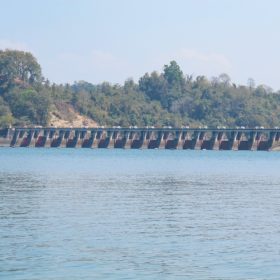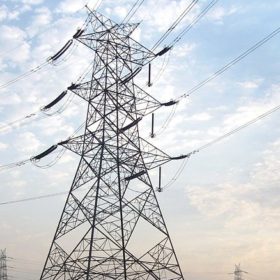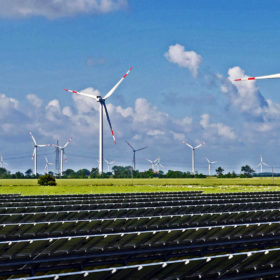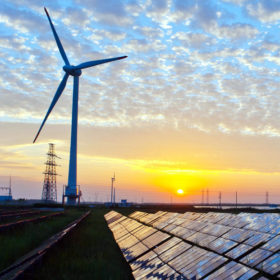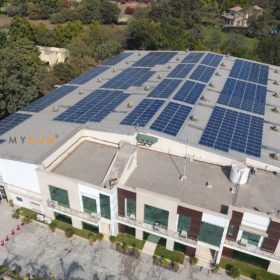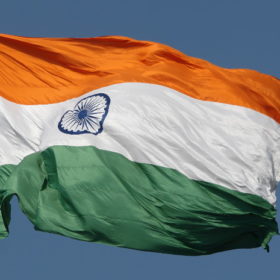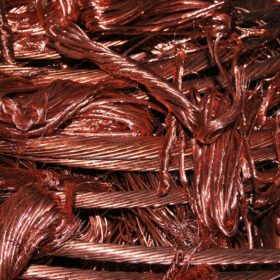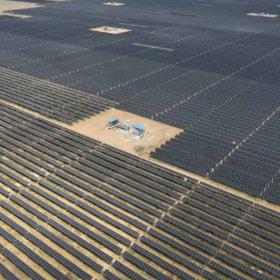Combining big floating solar with hydropower
Scientists in Bangladesh have evaluated how a 50 MW floating PV plant could be integrated with the 230 MW Karnafuli Hydroelectric Power Station, located at the Kaptai Dam on the Karnaphuli River. They found that the two energy sources can be perfectly optimized and that PV can compensate for the reservoir’s shortage of water storage during the winter season while hydropower can compensate for the poor yields of the floating array during the monsoon season.
The substantial sustainability benefits of smart meters
Power generated by renewable sources and corresponding action taken by business layers is not predictable. So it’s imperative that the latest controls are leveraged in the service of smart grids.
Hitachi ABB Power Grids commissions ultra-high-voltage DC link connecting Indian states
The 1,800-kilometer link connecting Raigarh in Chhattisgarh to Pugalur in Tamil Nadu can deliver 6 GW. Power can be transmitted in either direction, depending on demand.
Earth sciences ministry revisiting weather forecast approach to suit solar sector needs
The Ministry of Earth Sciences will strengthen meteorological forecasting activities in sync with the demands of the solar and wind energy sector stakeholders. It is already working on a five-year (2021-26) plan, said M. Rajeevan, Secretary, MoES, at a virtual workshop conducted recently.
Transmission charges waiver for renewables extended till June 30, 2025
The power ministry has announced that the exemption on grid charges is now available to solar and wind projects to be commissioned up to June 30, 2025. The waiver is also allowed for pumped-hydro storage and battery energy storage system projects.
Flagging off the energy transition decade
With the draft National Electricity Policy (NEP) 2021, India is providing the right policy direction for this decade of the energy transition. Yet, there is room for further improvement.
Punjab tenders 5 MW rooftop solar
Developers have until July 8 to bid for setting up the rooftop solar capacity in RESCO mode. The plants shall come upon various government and private buildings in the State.
Cheaper renewable energy will leave new coal assets stranded
A new Ieefa report discusses the viability of under-construction coal-fired power plants and evaluates the associated stranded asset risk in building additional coal-fired capacity in India’s electricity system.
ISA, MNRE, and World Bank conduct inception workshop for ‘One Sun One World One Grid’ program
‘One Sun One World One Grid’ is a global supergrid project proposed by India for seamless sharing of renewable energy resources among countries. The inception workshop was attended by more than 160 experts and discussed the roadmap of the project.
IEA highlights solar’s dependence on Chinese copper processing
The sheer volume of new power lines which will be required to accommodate the rising tide of solar installations ensures copper has been included by the International Energy Agency on its list of minerals which must keep flowing if the energy transition is to stay on course. And it’s not production that’s the potential bottleneck.
